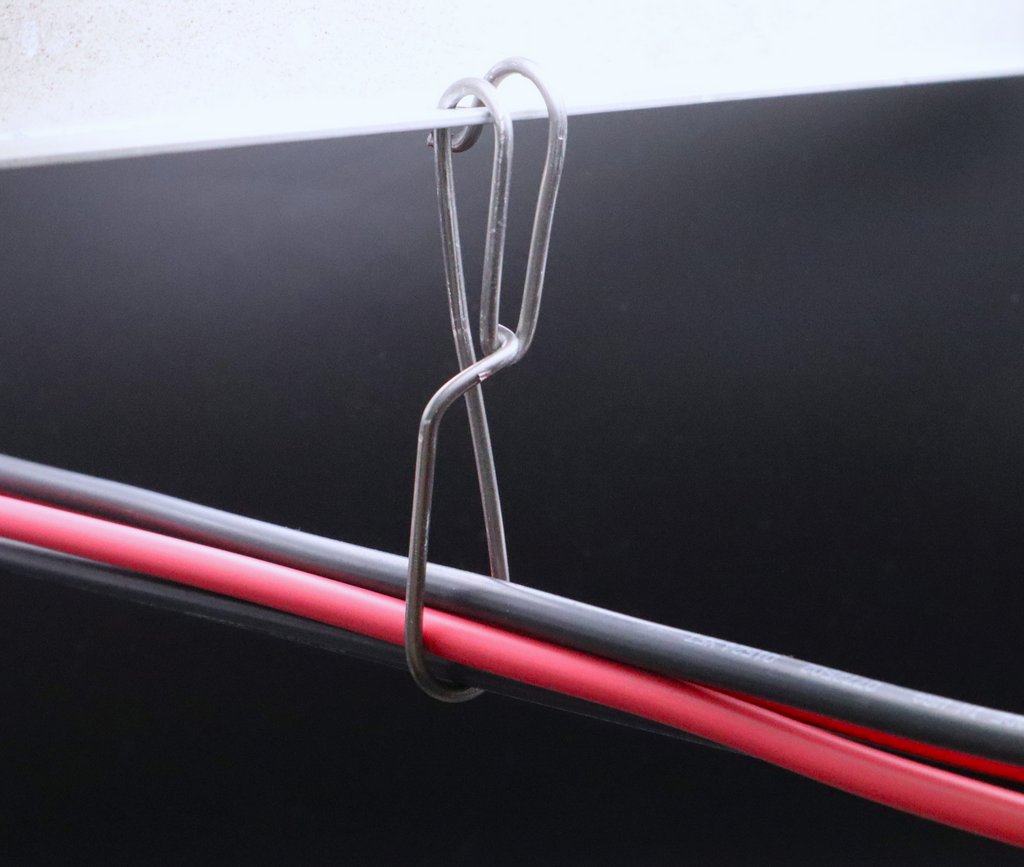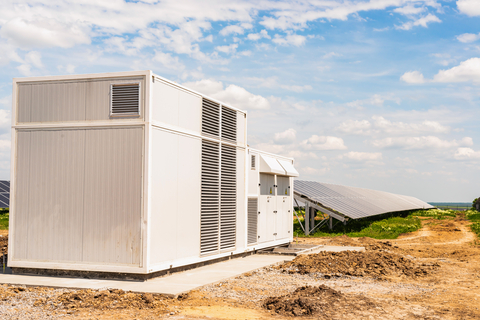Power plays: Does Hawaii show the way forward in the net metering debate?

Net metering has recently taken state legislatures and media headlines by storm — and for good reason. The average American homeowner is increasingly considering rooftop solar to lower their electric bills and reduce their carbon footprint. Net metering can help offset the cost of solar installation by enabling homeowners to sell back their excess electricity to their local utility.

Sales and marketing month sponsor
Get Aurora AI & Get Back to Summer
Let Aurora AI do the heavy lifting for you so you can get out of the office and into the pool. See how Aurora can speed up your sales & design with one-click design magic. Learn more here
The net metering debate is therefore being driven by dueling factors: rooftop solar advocates and some state governments want to make it more attractive to cover the cost of home solar + storage, but utilities and other grid operators are wary of the increasing cost of net metering as home power generation grows.
Let’s review what’s happening in several states, as well as one interesting compromise that followed years of debate.
The state of net metering in America
Though net metering is currently embroiled in legislative battles in several states, the practice is already widespread, with 41 U.S. states and several territories having mandatory net metering policies in place and others with separate incentive programs from utilities. As the adoption of solar grows, many states are beginning to take a second look at existing regulations.
With its enormous home solar industry supported partly by deep incentives, California has an outsized role in the net metering debate. The California Public Utilities Commission’s (CPUC) latest proposed billing structure, known as NEM 3.0, among other things, incentivizes storing or conserving energy over exporting it, increases fees for customers to access the grid and dramatically changes the compensation mechanism.
In response, analysts warned that California’s home solar market would be halved by 2024 if the state implemented NEM 3.0, and nearly all of the state’s major newspapers came out against the proposal. In response to the backlash, CPUC, which argued the changes would encourage more energy storage, indefinitely delayed NEM 3.0 in February. CPUC drew closer to unveiling a revised proposal in May and is at presstime, soliciting feedback from the solar industry and others as it prepares the next version of the rate structure.
At the opposite end of the home solar capacity, Florida is also a featured player in the net metering debate. A bill (HB 741/SB 1024), was passed into law by the state legislature in March, but is currently in limbo following Governor DeSantis’ veto in April. The proposed bill went beyond ending net metering, with customers not only receiving no compensation for excess energy — utilities would also be able to bill customers grid access fees and add additional fixed charges deemed necessary. Commentators argued that the bill was one of the most aggressive attempts to dismantle net metering and disincentivize home solar, and its passage was expected to have a highly detrimental impact on Florida’s already minuscule residential solar industry.
North Carolina is generally regarded as having taken a middle road approach to net metering, with solar advocates working with utility giant Duke Energy to support a plan that would offer significant upfront savings on solar. However, the proposed changes have come under attack from solar advocates pushing for more aggressive benefits. Meanwhile, supporters of the “Solar Choice Net Metering” proposal feel unraveling the compromise with Duke Energy will result in a worse outcome for home solar. North Carolina’s attorney general in effect reopened the debate by pausing implementation of the plan in March to pose questions to the state, though in May three of the state’s largest solar installers reached an agreement with Duke Energy to postpone implementing a new rate structure until at least 2026.
With the three states offering different approaches and perspectives to net metering, it’s worth looking at a state that has gone through various stages of net metering: embracing it, ending it while still supporting clean energy and now, again, encouraging excess energy to be sent back to the grid.
Aloha, Hawaii!
Hawaii enthusiastically adopted net metering in 2001, perhaps with too much gusto, and as a result, has experience with ending a net metering program too.
After over a decade of net metering resulting in dramatically increased home solar, state regulators brought the program to an end in 2015. The state’s primary electric utility, Hawaii Electric Industries, argued that its infrastructure could not handle the increased amount of energy the rooftop solar was adding to the grid, while the state was partial to embracing a more market-based structure to promote distributed energy.
However, renewable energy generation continued to grow in the state even in the absence of net metering. Outside of household solar, in 2021, 19.4 percent of the island’s utility-scale generation was renewable. While this is slightly below the U.S. average, considering the geographic constraints and isolation of the state, this is still a commendable achievement.
Part of the reason the state continues to increase its renewable generation in the absence of net metering is all parties recognize the importance of clean energy for the state. A state composed of several islands with limited fossil fuel resources, Hawaii is highly dependent on imports for electricity generation — indeed, it’s the most petroleum-dependent state. Recognizing the role clean energy can play in reducing this dependence (and the state’s abundant wind, solar and hydro potential), in 2014, Hawaii became the first state to set a goal of reaching 100 percent renewable energy use, by 2045.
What’s Hawaii up to now?
As a result of parties on all sides buying into the state’s clean energy transition, Hawaiians are still encouraged to install home solar and store energy for their own purposes, though now the primary purpose is less about selling back into the energy market. New solar customers can take advantage of one of the state’s largest incentive programs, Battery Bonus, to help cover the cost of installing energy storage to a new or existing rooftop solar system. Two distributed generation tariffs, Customer Grid Supply Plus (CGS) and Smart Export, also deliver monthly bill credits at an island-specific rate for energy they deliver to the grid.
In a recent innovative plan, Hawaiian Electric has proposed implementing a program that incorporates some elements similar to net metering. In somewhat of the same vein as North Carolina’s path to net metering, the utility worked with distributed energy advocates to agree on a plan that incentivizes residents to share their excess energy with the grid.
While there are still kinks to work out, the main goal of the proposal is to have rooftop solar support the grid, and customers must agree to export their excess energy to the grid when demand is highest. Customers benefit from being rewarded for their extra power and receive upfront incentives to install home batteries, while Hawaiian Electric will have a smoother path to support a stable grid when it’s required to decommission its fossil fuel plants.
What can we learn from this?
While the clean energy transition requires everyone to do their part, finding common ground between homeowners and utilities/grid operators is one way significant progress can be made for all advocates of clean energy.
States with turbulent debates on renewables policy can look to Hawaii as an example of how homeowners can still be incentivized to adopt home solar + storage in a way that utilities can also support. Bringing all parties to the table to work together as Hawaii has, with everyone realizing the benefits of advancing clean energy adoption, is one sure way that the various sides in net metering debates can forge a path forward.
Aric Saunders is EVP of sales and marketing for Electriq Power. Check out Electriq’s energy storage solutions at electriqpower.com.





Comments are closed here.